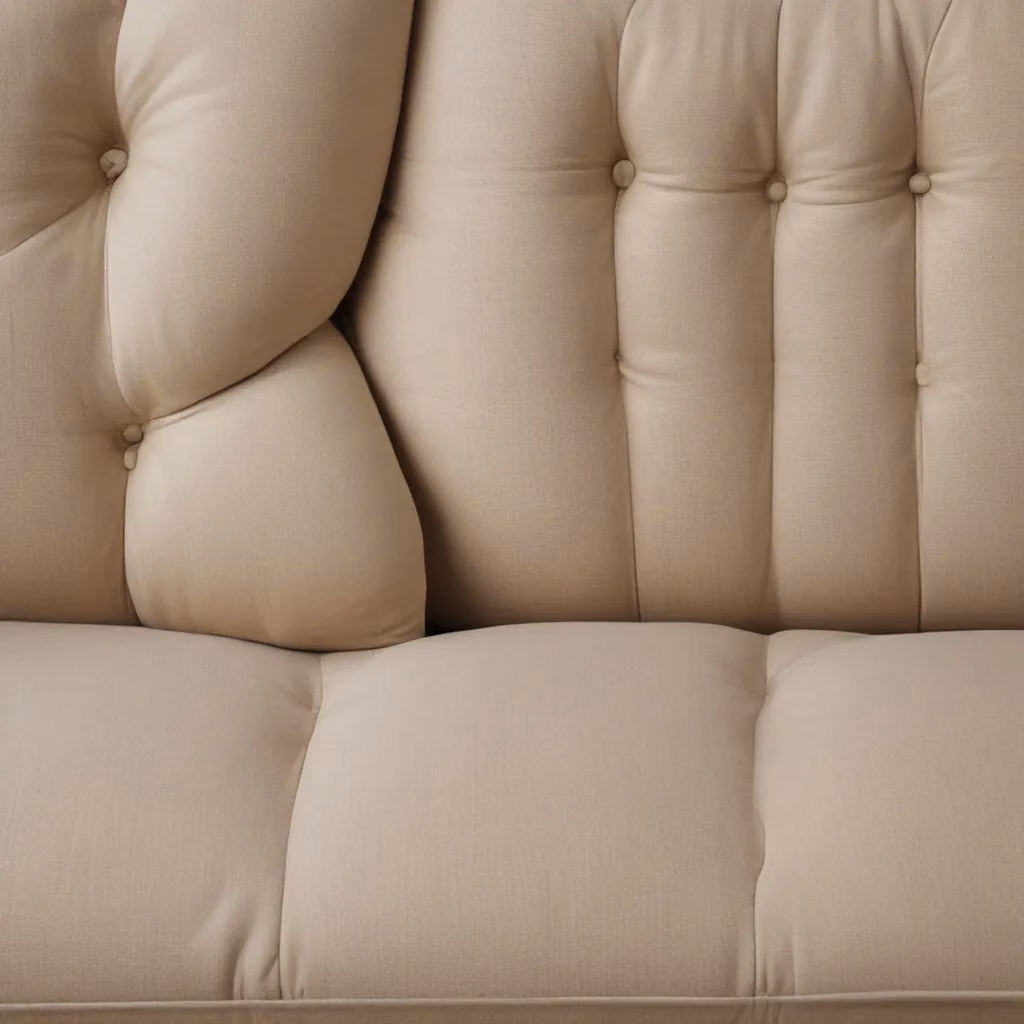
As a self-proclaimed furniture refinishing enthusiast, I’ve had the privilege of breathing new life into countless pieces over the years. But you know, there’s something truly special about the challenge of reviving a vintage sofa. These timeless treasures often come with a rich history and unique character that can’t be replicated in modern designs. And when you unlock their hidden potential through skillful restoration, it’s like unveiling a masterpiece.
Now, I know what you’re thinking – restoring a vintage sofa sounds like a daunting task, right? Well, my friend, let me let you in on a little secret: it’s not nearly as intimidating as it might seem. With the right approach and a bit of elbow grease, you can transform an old, worn-out sofa into a stunning centerpiece that will have your guests doing a double-take.
Understanding the Anatomy of a Vintage Sofa
Before we dive into the nitty-gritty of upholstery restoration, it’s important to understand the basic structure of a vintage sofa. These timeless pieces are often crafted with a solid wood frame, which can be sanded and refinished to reveal the natural beauty of the grain. The cushions, on the other hand, are typically made from high-density foam or springs, covered in a variety of fabrics ranging from classic velvet to retro-inspired patterns.
The key to a successful restoration lies in assessing the condition of each element of the sofa. Is the wood frame in good shape, or does it need a little TLC? Are the cushions still comfortable and supportive, or are they in need of a complete overhaul? By taking the time to carefully evaluate the sofa, you can develop a tailored game plan that will ensure a stunning end result.
Tackling the Wood Frame
Now, let’s talk about the wood frame. This is often the foundation that holds the entire sofa together, so it’s crucial to address any issues here first. If the frame is in good condition, you may only need to give it a light sanding and a fresh coat of stain or paint to breathe new life into it.
However, if the frame is in rougher shape, you may need to take a more aggressive approach. This could involve stripping the existing finish, repairing any cracks or splits, and then refinishing the wood to your desired look. And let me tell you, there’s nothing quite like the satisfaction of bringing an old, battered piece of furniture back to its former glory.
One of my favorite techniques for refinishing vintage wood frames is the paint-wash method. This involves applying a heavily diluted paint solution to the surface, allowing the natural grain and character of the wood to shine through. It’s a great way to add a touch of vintage charm without completely covering up the wood’s natural beauty.
Reviving the Upholstery
Alright, now that we’ve tackled the wood frame, let’s move on to the upholstery. This is where the real magic happens, my friends. Breathing new life into the cushions and fabric of a vintage sofa can truly transform the entire piece.
The first step is to carefully remove the existing fabric, taking note of how it’s constructed and fitted. This will give you a roadmap for how to reassemble the sofa once the new upholstery is in place. Be gentle during this process – you don’t want to accidentally tear or damage the delicate fabric.
Next, you’ll need to assess the condition of the underlying cushions or springs. If they’re still in good shape, you may only need to add a layer of new foam or batting to provide a fresh, supportive surface. However, if the cushions are beyond repair, it’s time to start from scratch.
When it comes to selecting new upholstery fabric, the options are endless. Vintage-inspired patterns and bold, retro-chic colors are always a safe bet, but don’t be afraid to get creative and experiment with unexpected combinations. The key is to choose a fabric that not only looks great but also complements the existing style and character of the sofa.
Bringing it All Together
Once you’ve tackled the wood frame and upholstery, it’s time to put the finishing touches on your vintage sofa restoration. This is where you can really unleash your inner designer and add those personal touches that make the piece truly your own.
Consider adding new hardware, such as decorative nailheads or brass accents, to elevate the overall look. You could also incorporate custom-made throw pillows or a coordinating patterned throw to tie the whole room together.
And don’t forget the importance of proper reassembly. Take your time and follow the construction notes you made earlier to ensure a seamless, professional-looking finish. Trust me, the last thing you want is a wobbly or uneven sofa that just doesn’t quite feel right.
Embracing the Process
Restoring a vintage sofa is not a quick or easy task, but the rewards are truly priceless. Not only will you end up with a one-of-a-kind piece that reflects your unique style, but you’ll also have the satisfaction of knowing that you breathed new life into a treasured item.
So, my fellow furniture enthusiasts, embrace the process. Savor the challenge, revel in the creative journey, and let your passion for preservation guide you. Because when you put in the time and effort to revive a vintage sofa, you’re not just restoring a piece of furniture – you’re preserving a piece of history.
And who knows, you might even discover a newfound love for the art of upholstery restoration along the way. After all, Sofa Spectacular is all about celebrating the beauty and timeless appeal of vintage furniture. So, what are you waiting for? Grab your tools, roll up your sleeves, and let’s get to work on bringing that vintage sofa back to life!



